It was either just a static discharge, or it can't just shock you, you must have also been in contact with some other metallic structure, such as a radiator.
If it was a short sharp pain, then it was just static discharge. You get charged up moving in your chair wearing plastic clothing. Then you discharge when you touch something, like another person or this circuit in this case.
If it was more of a tingling feeling that lasted longer, aka as long as you were in contact then it really was your classic electric shock caused by touching a somewhat constant high voltage source.
It could be that there is a short between the primary and secondary circuit of your power supply causing the high voltage from your wall outlet to be present on the outputs. Since the power supply is doubly isolated (as indicated by the symbol: square in a square), it is very unlikely that there could be a short between the primary and secondary windings, without the whole primary circuit/winding being shorted as well, causing your circuit breakers to go off when you plug the thing in.
If it wasn't just a static discharge, than the most likely culprit are your switched mode power supplies in your PC, that can generate a voltage (compared to earth ground) on the metallic parts of the PC and all other things connected to these metallic parts. This occurs, if the PC is plugged into a wall outlet, that is not grounded. In this case, if you touch something in contact with the metallic parts of your PC AND also something metallic in the building structure (pipes, radiator, aluminum window frame), then the current will flow through you down to earth ground, as these things are grounded.
The first certainly, but I think the second as well should be caught by your RCCB, if you have one installed. So in conclusion, probably it was just a static discharge. If you have a multimeter, you can just measure the AC voltage between the power supply outputs and whatever metallic structure you were touching at the time.

